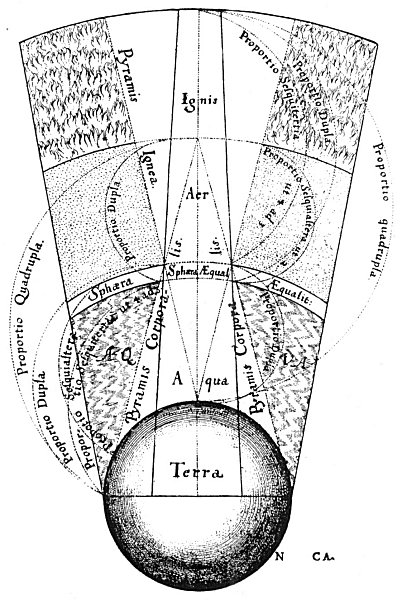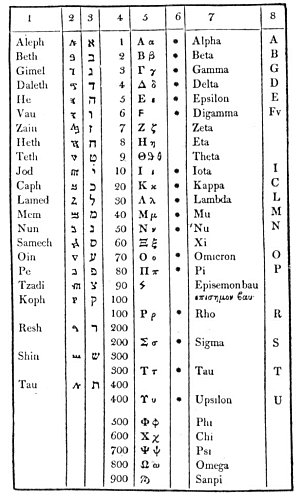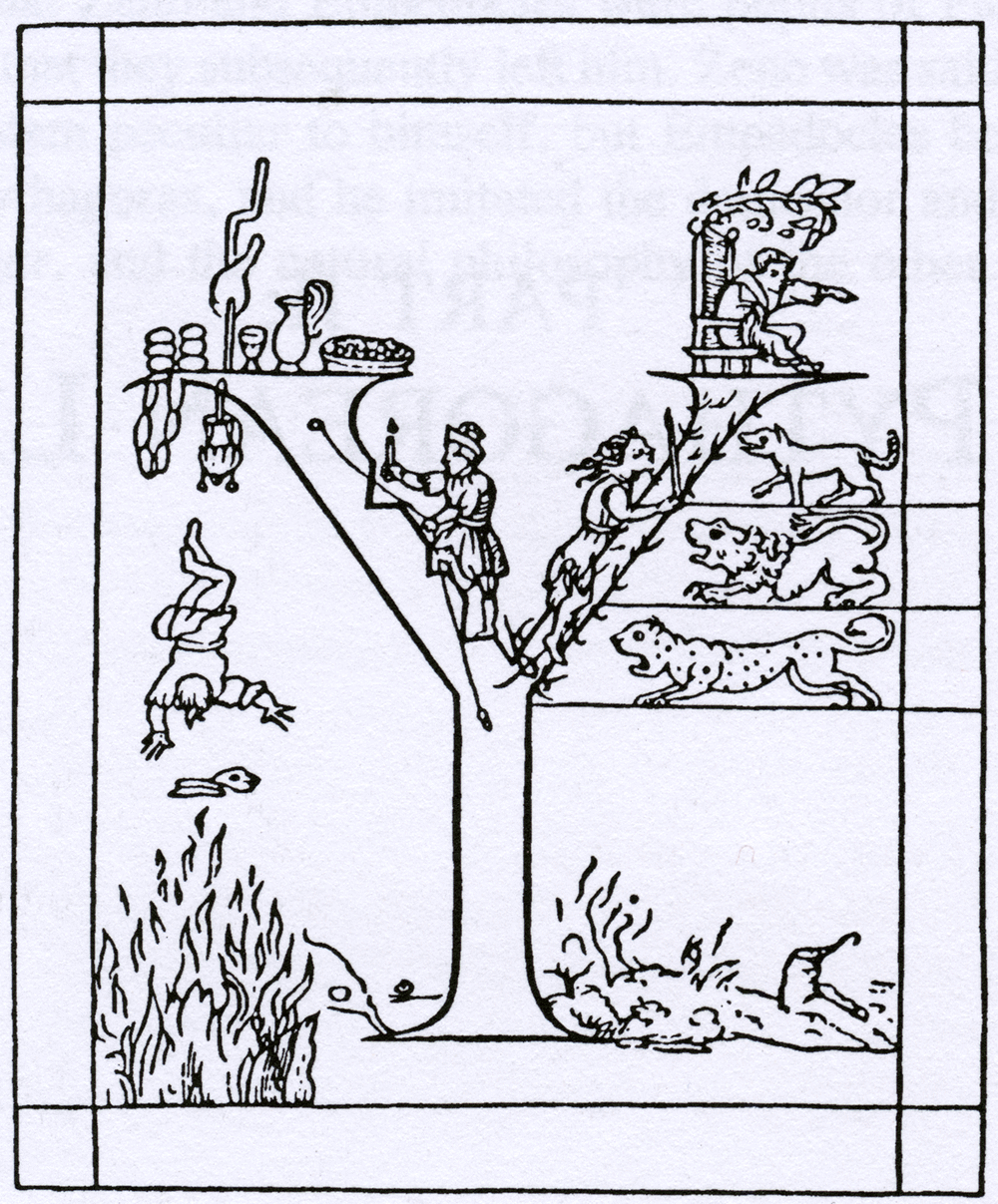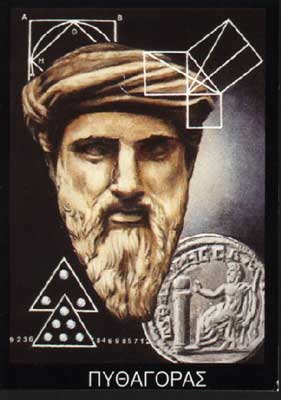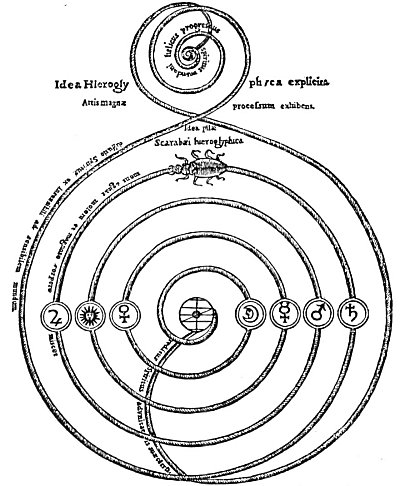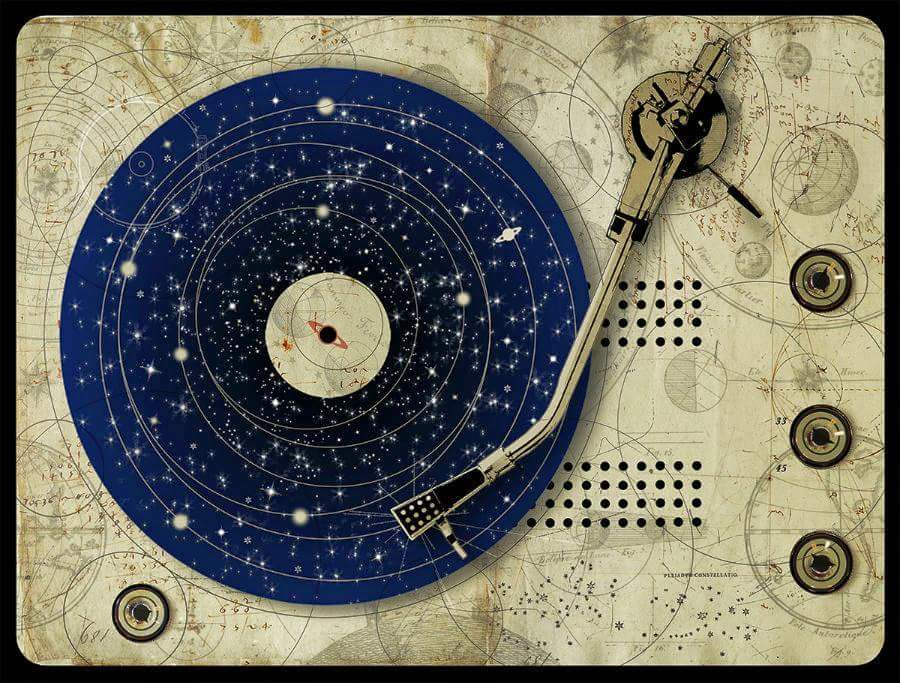The Greek Mysteries included in their doctrines a magnificent concept of the relationship existing between music and form. The elements of architecture, for example, were considered as comparable to musical modes and notes, or as having a musical counterpart. Consequently when a building was erected in which a number of these elements were combined, the structure was then likened to a musical chord, which was harmonic only when it fully satisfied the mathematical requirements of harmonic intervals. The realization of this analogy between sound and form led Goethe to declare that “architecture is crystallized music.”
In constructing their temples of initiation, the early priests frequently demonstrated their superior knowledge of the principles underlying the phenomena known as vibration. A considerable part of the Mystery rituals consisted of invocations and intonements, for which purpose special sound chambers were constructed. A word whispered in one of these apartments was so intensified that the reverberations made the entire building sway and be filled with a deafening roar. The very wood and stone used in the erection of these sacred buildings eventually became so thoroughly permeated with the sound vibrations of the religious ceremonies that when struck they would reproduce the same tones thus repeatedly impressed into their substances by the rituals.
Every element in Nature has its individual keynote. If these elements are combined in a composite structure the result is a chord that, if sounded, will disintegrate the compound into its integral parts. Likewise each individual has a keynote that, if sounded, will destroy him. The allegory of the walls of Jericho falling when the trumpets of Israel were sounded is undoubtedly intended to set forth the arcane significance of individual keynote or vibration.
THE PHILOSOPHY OF COLOR
“Light,” writes Edwin D. Babbitt, “reveals the glories of the external world and yet is the most glorious of them all. It gives beauty, reveals beauty and is itself most beautiful. It is the analyzer, the truth-teller and the exposer of shams, for it shows things as they are. Its infinite streams measure off the universe and flow into our telescopes from stars which are quintillions of miles distant. On the other hand it descends to objects inconceivably small, and reveals through the microscope objects fifty millions of times less than can be seen by the naked eye. Like all other fine forces, its movement is wonderfully soft, yet penetrating and powerful. Without its vivifying influence, vegetable, animal, and human life must immediately perish from the earth, and general ruin take place. We shall do well, then, to consider this potential and beautiful principle of light and its component colors, for the more deeply we penetrate into its inner laws, the more will it present itself as a marvelous storehouse of power to vitalize, heal, refine, and delight mankind.” (See The Principles of Light and Color.)
Since light is the basic physical manifestation of life, bathing all creation in its radiance, it is highly important to realize, in part at least, the subtle nature of this divine substance. That which is called lightis actually a rate of vibration causing certain reactions upon the optic nerve. Few realize how they are walled in by the limitations
THE THEORY OF ELEMENTAL MUSIC.
From Fludd’s De Musica Mundana. In this diagram two interpenetrating pyramids are again employed, one of which represents fire and the other earth. It is demonstrated according to the law of elemental harmony that fire does not enter into the composition of earth nor earth into the composition of fire. The figures on the chart disclose the harmonic relationships existing between the four primary elements according to both Fludd and the Pythagoreans. Earth consists of four parts of its own nature; water of three parts of earth and one part of fire. The sphere of equality is a hypothetical point where there is an equilibrium of two parts of earth and two parts of fire. Air is composed of three parts of fire and one part of earth; fire, of four parts of its own nature. Thus earth and water bear to each other the ratio of 4 to 3, or the diatessaron harmony, and water and the sphere of equality the ratio of 3 to 2, or the diapente harmony. Fire and air also bear to each other the ratio of 4 to 3, or the diatessaron harmony, and air and the sphere of equality the ratio of 3 to 2, or the diapente harmony. As the sum of a diatessaron and a diapente equals a diapason, or octave, it is evident that both the sphere of fire and the sphere of earth are in diapason harmony with the sphere of equality, and also that fire and earth are in disdiapason harmony with each other.

Moe is the founder of GnosticWarrior.com. He is a father, husband, author, martial arts black belt, and an expert in Gnosticism, the occult, and esotericism.

